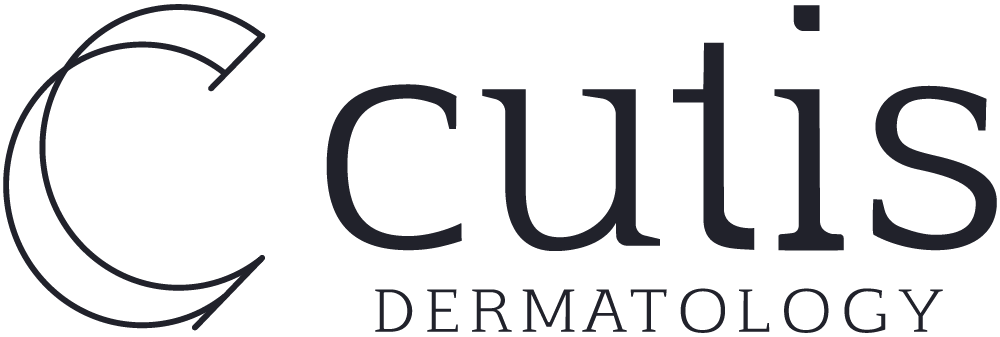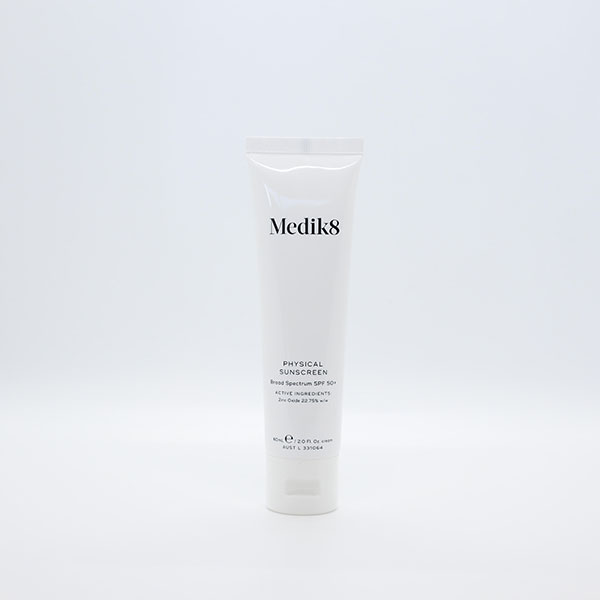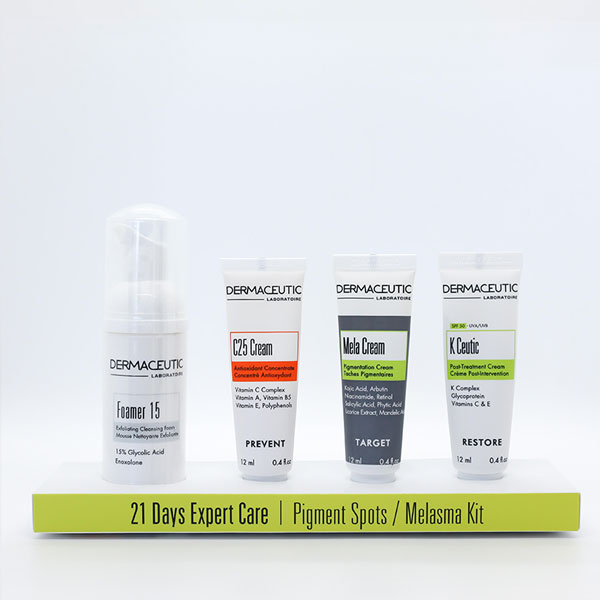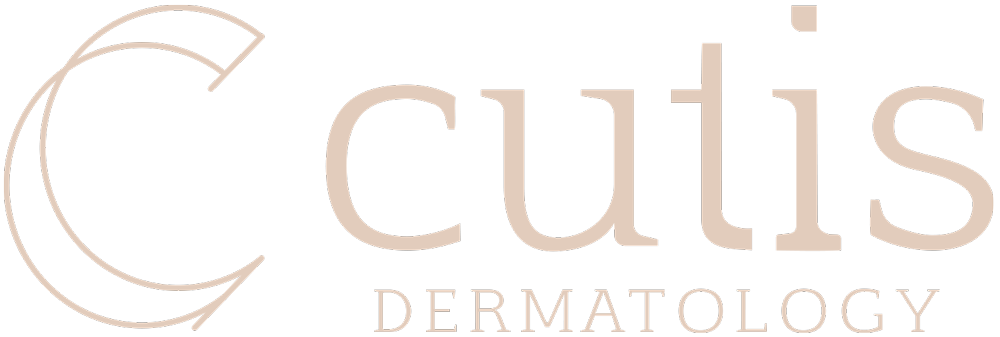PDO threads, also known as monofilament threads, can be a useful skin tightening procedure. Used appropriately, preferably with a dermal heating device, these threads can improve skin tone & turgor. This can marginally improve skin laxity as threads stimulate collagen production.
Key Points
- Threads are a safe, low downtime way of increasing collagen production
- They can improve skin tone, firmness & turgor
- PDO threads are best combined with dermal heating devices including HIFU, Ultraformer & radiofrequency
- Treatments amplify collagen production initiated by monofilament threads
PDO Thread Lifts at a glance
Our results speak for themselves
FAQs
Who are good candidates for PDO mono thread lifts?
Patients with mild skin laxity & medium thickness dermal layer do best with PDOs.
The most important aspect of threads is patient selection. If you have too much volume, treads play a limited role in firming & lifting. Conversely if you are too thin, threads may show through the layers of skin.
What areas can be treated with PDO threads?
PDO threads can be placed in key areas to help firm up skin, improving tone. These include;
- The midface
- The jawline & lower face
- The neck area
- Temples
Lifting is secondary to vectors. This occurs when fibrosis contracts dermal collagen.
At Cutis we follow up thread procedures with dermal heating, as this compound fibrosis & aids in further generation of collagen.
What can thread lifts realistically achieve?
Threads can subjectively firm up the skin. In some cases, they can provide an objective lift in key areas such as the mid & lower face.
The results from threads are much better after skin tightening procedures such as radiofrequency & high intensity focused ultrasound.
What is the science behind thread lifts?
Threads are made of suture material known as polydioxanone or PDO for short. Placed in the deep dermal & hypodermis, this material creates fibrosis or collagen stimulation. This in turn provides structure, improves skin tone, turgor & thickness.
Skin feels & looks tighter & more refreshed. This form of thread lifts relies on your own immune system to generate collagen, a process called neocollagenesis.
How safe are PDO threads?
Very. This synthetic absorbable suture material has been used in cardiac and paediatric surgeries for over 50 years.
Threads gradually break down over a period of 6-9 months. Allergic reactions to this material do not occur.
Which patients are not suited for this procedure?
Patients with mild laxity with medium dermal thickness & minimal UV damage do best.
If you have moderate to marked laxity, PDO threads will give you minimal gains. In this group of patients, surgery is the best option. Some may get modest gains with collagen stimulating fillers & non-surgical skin tightening.
If you have elastosis, or sun damage, PDO threads are unlikely to work as collagen is fragmented.
The Cosmelan Peel is one of the fastest methods to clear up superficial melasma, but comes with a one week downtime.
How long do thread lifts last?
Microscopically, threads are still visible at the 9-to-12-month mark, so in theory it should last this long. In practical terms, they last 6-9 months.
We have a unique way of increasing thread longevity, namely with the use of skin tightening devices such as HIFU, Ultraformer & RF treatments. These non-invasive treatments can further stimulate collagen production.
Is threading painful?
Yes. Threads hurt; hence we use numbing gel prior & in some cases administer laughing gas. For bigger cases or if we perform other procedures like lasers, we often prescribe conscious sedation.
What are other non-surgical options for skin tightening?
The algorithm for non-surgical options is extremely complex as it considers your age, anatomy, skin type, clinical findings, budget & expectations. They include;
- HIFU: Thermage, Ultraformer. These devices lift the SMAS & deeper layers of skin using ultrasound energy.
Learn more (link to Ultherapy in this section)
- Radiofrequency: heats the dermal layer causing collagen contraction. At Cutis we employ the Tempsure, Pelleve & the NuEra.
Learn more (link to tempsure skin tightening in this section)
- Radiofrequency microneedling: uses superheated needles to contract collagen. We use the best system on the marker, the Genius RF by Lutronic.
Learn more (link to RF microneedling in this section)
- Laser lifting: CO2 & thulium lasers are powerful devices to stimulate & contract collagen as well as providing significant skin rejuvenation.
Learn more (link to Hybrid laser resurfacing in the laser section)
- Dermal fillers: can stimulate collagen production, causing skin tightening
Tixel: provides non-laser heating of the skin, great for eyelids
What is the deal with sun damage & threading?
If you have significant photodamage, threads will not work. This is because your dermal collagen is fragmented – a term called elastosis.
To solve this problem, we treat the skin’s surface with lasers as this kicks off the collagen remodelling process. This is done on the day of thread insertion.
The next step (4-6 weeks later) is a series of RF treatments to potentiate collagen remodelling. These treatments have no downtime.
What are the potential side effects of threads?
This is classed as a minimally invasive treatment. Side effects are uncommon, however include-
- Bruising
- Swelling >72 hours
- Lumps
- Insertion site pain
- Thread show (superficial insertion)
- Thread expulsion
Our dermatologists are trained in dealing with the above, so if you have a side effect, we will fast track your appointment to get things sorted.
What are surgical options for tightening & face lifting?
The gold standard of lifting is the deep plane facelift, followed by S or short scar face lifting. The deep plane lift is best performed by a plastic surgeon. Some dermatologists perform S lifts as the level of lifting is the SMAS.
Another surgical procedure is the core excision of the jowls. This novel procedure can be highly effective in treating the lower face- especially if it is combined with dermal filler.
What should you consider before undertaking thread lifts?
Thread lifts are an investment of time, effort, and money for patients. Here are some helpful points that may help you along your journey.
- Type of thread: There are many types of threads on the market, discuss with your provider the difference between mono PDO, PLLA, suspension & mono threads. Threads should be selected according to your clinical findings.
- Clinical factors, amount of laxity. Determine the amount of laxity prior to the procedure. This will give an accurate prediction of outcome. Threads are indicated for mild laxity.
- Combine treatments to improve collagen contraction, stimulation as well as address volume and skin quality issues.
- Consider your options: there are many ways to lift and tighten. Lasers, energy devices & surgical avenues should be explored, once again pertaining to the degree of laxity that you exhibit.
Book an appointment with our clinical team at Cutis, as they can guide you through the assessments. Nurse consults are FREE. Redeemable with future procedures.




